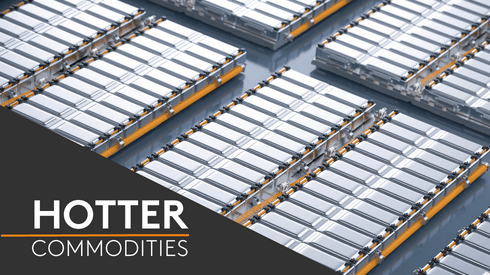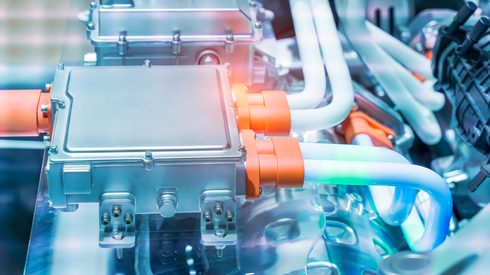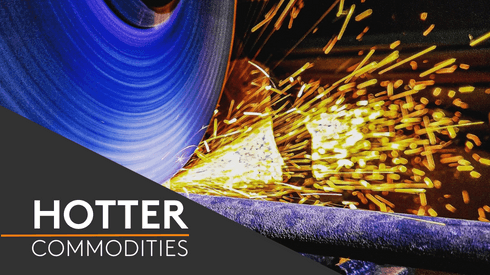The supply of battery-grade manganese sulfate will switch from oversupply to deficit by 2028 despite new capacity coming online, especially outside of China, according to Fastmarkets’ most recent forecast ahead of the European Battery Raw Materials Conference in Amsterdam on September 18-20
From insights into how the battery raw materials supply chain is changing to Albemarle’s bullish view of lithium demand growth, Andrea Hotter speaks at length with Eric Norris about his life, career and where Albemarle is headed next
On the one-year anniversary of the Inflation Reduction Act (IRA) – which was signed into law on August 16, 2022 – Fastmarkets has highlighted three takeaways from the landmark legislation and its impact on battery raw materials
The steel industry is well-equipped to meet the demand generated by the Inflation Reduction Act (IRA) and the CHIPS and Science Act (CHIPS Act), experts told Fastmarkets on the one-year anniversary of the legislations
The Global Steel Climate Council (GSCC) has launched new standards for producers that want to call their products “low carbon,” just as the US government, ready with billions of infrastructure spending to deploy, is deciding exactly what “low carbon” means
Despite considerable progress in the year since the passage of the US Inflation Reduction Act (IRA), investment related to the legislation has slowed and its ultimate effectiveness remains to be seen, the vice president and director of the Securing America’s Future Energy (SAFE) Center for Critical Minerals Strategy said
The battery raw materials markets continued to be confused and uncertain because of the requirements about the sourcing of key raw materials set out by the US Inflation Reduction Act (IRA), Fastmarkets heard on Wednesday July 12
Panelists at an industry conference last month shared their opinions on what is known and unknown about the US government’s Inflation Reduction Act (IRA) and its likely consequences for the global battery raw materials supply chain
The United States’ Inflation Reduction Act (IRA) and ongoing renewable energy transition could reorientate silicon consumption and production dynamics, emphasizing the demand for high-quality material required for solar panels, computer chips and electric vehicles (EVs)
Resource nationalism in Western economies was expected to be a major driver of investment in the cobalt supply chain in the second half of this decade










